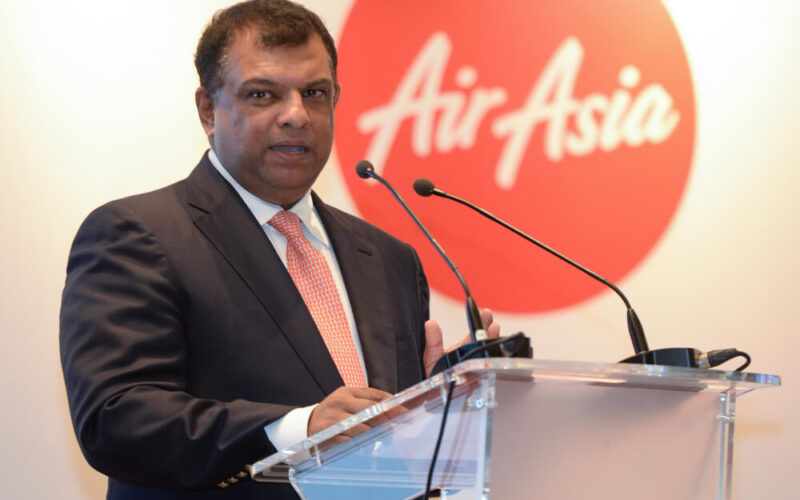AirAsia provided an update on its financial situation after auditors, who reviewed its financial statements for FY2019, expressed concerns about the balance of its assets and liabilities, as the latter weighed down the former.
Nevertheless, the company’s executive board is “confident of the successful continuation of the business,” as governments, where AirAsia subsidiaries are based, have allowed domestic travel to start. Successful negotiations with financial institutions and investors has also provided a glimmer of hope for the company.
The auditors of AirAsia’s yearly report marked that the material uncertainty of the airline was an “ongoing concern.” The low-cost carrier, based in South East Asia, had a $421 million (RM1.8 billion) difference in assets and liabilities.
Additional capital
Tony Fernandes, the chief executive officer (CEO) of the AirAsia group, stated that the first half of 2020 “was extremely challenging”. Nevertheless, the outlandish executive indicated that the group’s booking and load factors have showcased a positive trend.
“In June, our group-wide load factor was 60% with AirAsia Malaysia’s load factor reaching 65%. For July, we expect to achieve a higher load factor of 70% despite tripling our capacity month-on-month to cater to the increased demand,” stated Fernandes.
Furthermore, AirAsia’s executive “received indications from certain financial institutions” that they were willing to inject more than $234 million (RM1 billion) into the carrier. The financial aid would be partially guaranteed by the state of Malaysia. AirAsia Philippines has also applied for a government-guaranteed loan under the Philippine Economic Stimulus Act (PESA). While no agreement has been reached yet, Fernandes expects “a positive outcome.”
To weather the storm, the company expects to reduce its cash burn by at least 50%, as various cost-cutting measures were undertaken by AirAsia.

